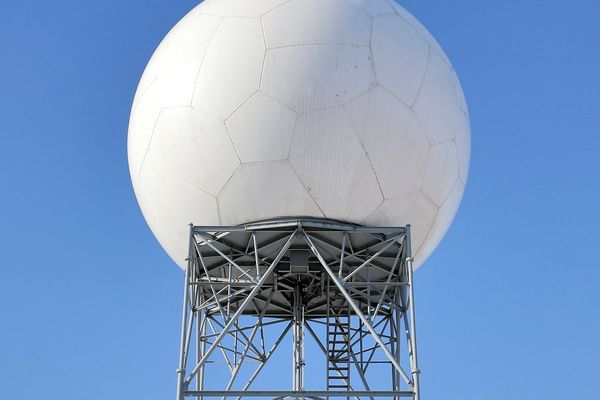A 65-year-old patient from France, suffering from Parkinson’s plus syndrome, a neurodegenerative disorder with limited surgical options, has undergone a high cervical spinal cord stimulation in a private hospital in Bengaluru.
Doctors at Fortis Hospital Bannerghatta Road, where the patient was treated, claimed the procedure to be the first of its kind in the country. Under the care of a team of doctors led by Raghuram G., Additional Director of Neurosurgery and Guruprasad Hosurkar, Additional Director of Neurology, the patient was discharged within 10 days of surgery and rehabilitation.
After enduring four years of distress, the patient Mary (name changed) experienced numerous co-morbidities including stiffness in the legs, initial difficulty in walking, shuffling and freezing, poor control of movement in upper limbs, weakness, depression, loss of bladder control, speech impediments and swallowing difficulties. She was wheelchair-bound for eight months. Despite visiting numerous hospitals in Africa, England, and Paris, her condition did not improve, stated a release from the hospital.
On evaluation, doctors diagnosed her with Parkinson’s Plus Syndrome. Also known as atypical parkinsonism, this is a group of brain disorders that have symptoms similar to Parkinson’s disease but with some distinct differences, such as early-onset dementia, hallucinations, problems with balance, difficulty moving, involuntary shaking or movement, and other symptoms. Unlike Parkinson’s disease, these conditions do not respond well to typical treatments. Acknowledging the severity of her condition, the doctors opted for an innovative approach – high cervical spinal cord stimulation.
Explaining the procedure, Dr. Raghuram said, “Our approach involved an initial trial surgery utilising an external pacemaker. This step was crucial as it allowed us to closely monitor the patient’s response to the stimulation. Following this trial, we observed promising results, including improved mobility and reduced symptoms.”
“Encouraged by these positive outcomes, we proceeded with the spinal cord stimulation surgery, which involved precise placement of electrodes along the spinal cord to modulate neural activity and alleviate symptoms associated with Parkinson’s plus syndrome. Spinal cord surgeries are different because it involves placement of an electrode on the spinal cord chosen for a particular condition. It is an epidural electrode and is not put within the spinal cord. Unlike the deep brain stimulation electrode which is placed within the brain,” he said.
Dr. Hosurkar said as Deep Brain Stimulation (DBS) surgery was not an ideal option for the patient’s condition, the team decided to go ahead with spinal cord stimulation surgery.
“We decided to place the electrode at the high cervical cord level to improve not only her gait but also her upper limb, speech and bladder symptoms. Small devices that conduct electricity are placed near the spinal cord. These devices emit electrical signals that modulate networks in the spinal cord which has connection to the brain for mobility and coordination. For our patient, this treatment offered hope in alleviating the challenging symptoms of Parkinson’s plus syndrome.”







